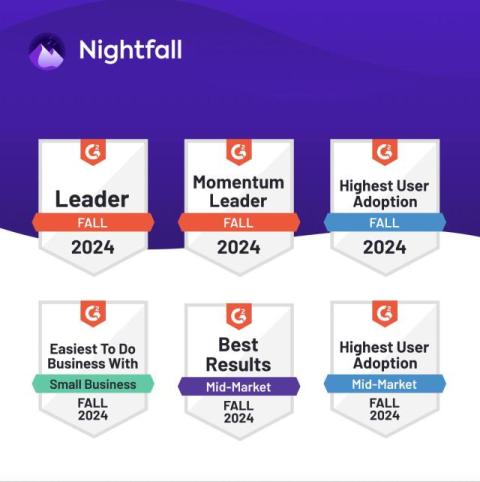How Security Debt Compounds Vulnerability Risk
Organizations often find themselves caught in a perpetual cycle of identifying, prioritizing, and mitigating vulnerabilities that pose the most risk. Amid this ongoing battle, a significant challenge is often overlooked: security debt. Much like technical debt, security debt refers to the accumulation of unresolved vulnerabilities within an organization’s systems and software.











